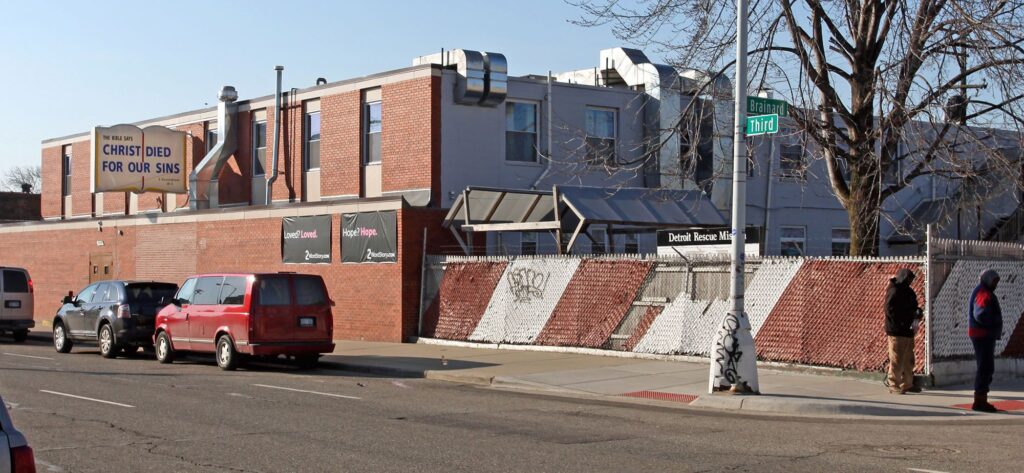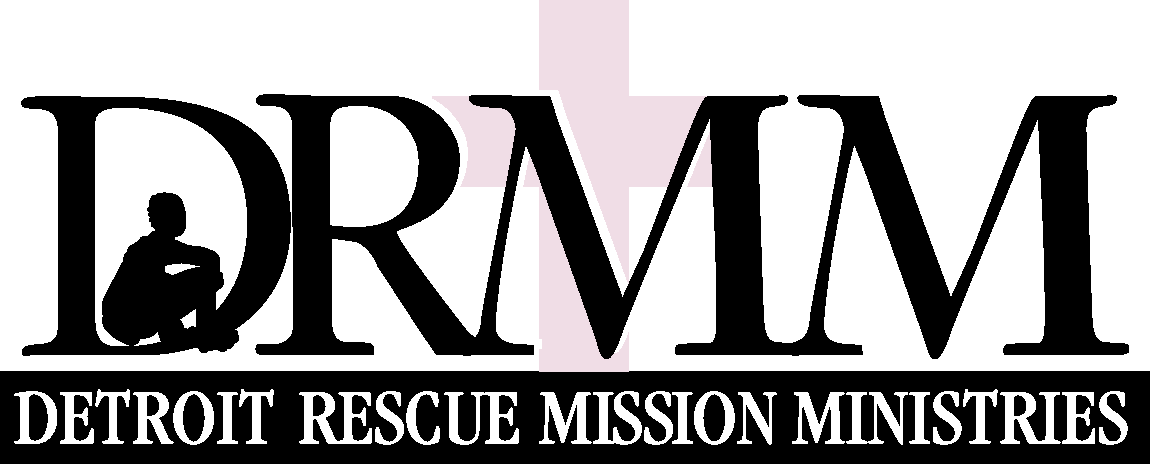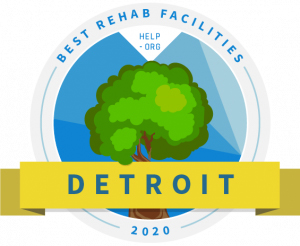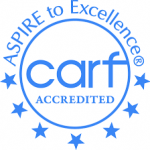Nonprofit to pour $2M into new effort to expand homeless services
Detroit Rescue Mission Ministries is putting in place a plan to work outside the current federally required system for homeless shelter referrals and plugging in millions of dollars in outside funding to do it.
The goal is to help those in need right away instead of having them wait weeks and even months for emergency shelter, as they do under the current referral system that is operating with a shortage of beds, said Chad Audi, the nonprofit’s president and CEO.
Detroit Rescue Mission Ministries plans by Nov. 1 to launch a 24-hour hotline for people experiencing homelessness and add 100 beds, triage services to get people referred to whatever services they need and two vans to transport those in need to shelter around the clock. It will operate all of those things for a projected $2 million annually, Audi said, outside of the existing Coordinated Assessment Model that takes shelter requests, prioritizes them based on the degree of need and makes referrals to area shelters with open beds.
DRMM’s receptionist shares the phone number for the CAM hotline, which is required by the U.S. Department of Housing and Urban Development as a condition of receiving funding for homeless shelters and services. The people calling and emailing DRMM say they have called the hotline but get no answer or a runaround, Audi said.
The CAM call center operates 8 a.m.-6 p.m. Monday-Friday along with three in-person sites operated by Noah at Central, Cass Community Social Services and the John D. Dingell Department of Veterans Affairs Medical Center in Detroit during weekday staggered hours. The CAM is operated by Wayne Metropolitan Community Action Agency as a subcontractee to the lead agency for the Detroit referral system, the Homeless Action Network of Detroit.
At all locations and call centers, Wayne Metro does an initial assessment, working with clients to find their best temporary or permanent housing option and assisting with things like bus tickets and Lyft rides to get to and from intake sites, shelters and friends’ and families’ homes, Wayne Metro CEO Louis Piszker said.
Wayne Metro strives to provide a robust approach to coordinated shelter entry and client care is of the utmost importance, Piszker said. As such, it focuses on keeping wait times low — less than seven and a half minutes in September, he said.
Audi said he’s asked the city why there isn’t a 24/7 CAM call center and has been told the contract doesn’t have enough money to fund that. Most cities have 24-hour call centers for people experiencing homelessness and do street outreach as part of their CAM system, Audi said. DRMM, Cass Social Services and NSO do outreach in Detroit, but they are not linked to CAM directly.
Extending the hours for the CAM hotline alone won’t solve everything because the number of homeless in Detroit, Highland Park and Hamtramck is outpacing available beds, Homeless Action Network’s Executive Director Tasha Gray said.
The trend really took hold in 2022, with shelters shifting beds that served men to homeless women and families, the loss of overflow shelters that would provide cots or mats to additional people experiencing homelessness and a growing number of people seeking help after housing assistance issued during the COVID-19 pandemic expired, she said. All of that has led to longer wait times for a shelter placement.
The shortage of beds led HAND, in collaboration with Wayne Metro, the city and the Detroit Continuum of Care, to launch a shelter prioritization approach early this year. The model prioritizes shelter resources for those who are most vulnerable, Gray said. That could be someone who is fleeing domestic violence or sleeping outside or in a car vs. at a hotel or couch surfing at relatives’ houses.
CAM call center operators ask questions of callers to see if there are other options available to them, even providing bus tickets and other assistance to help them get to a family member’s house instead sending them to a shelter.
“In an ideal situation, we would have a line that operates 24/7, 365 and also have resources to be able to make referrals via that line,” Gray said.
HAND is working with the city of Detroit and the Michigan State Housing Development Authority, which are the funders of shelter beds in Detroit and have been working to bring more online, she said. “But we all see limitations in the funding available to be do that,” Gray said.
HAND’s current contract to fund CAM is $1.3 million for the year beginning Sept. 1, Gray said. That’s up from $959,000 last year.

Detroit Rescue Mission Ministries operates eight shelters in Detroit, Highland Park and Port Huron.
By the numbers
Currently, there are 1,210 emergency shelter beds in Detroit, Highland Park and Hamtramck, Gray said. That compares to 1,070 in 2023 and 1,279 the year before.
The point-in-time count that takes place each January, per HUD, counts the number of people touching the homeless system, from the streets to the shelters to supportive housing. This year, the count found 1,725 homeless people in Detroit, Highland Park and Hamtramck, up from 1,280 last year, Gray said.
The annual count based on homeless clients entered into the area’s Homeless Information System found 6,221 people experiencing homelessness for the year in 2022. HAND has not yet released the annual count for 2023, but early indications are that it trended down.
Audi said he approached the city about funding support to establish the on-demand shelter beds and triage at Detroit Rescue Mission, with a 24-hour call center and transportation to the shelter and intake when police, fire and EMS officials need to drop someone experiencing homelessness off at a shelter.
The city’s Housing and Revitalization Department was very receptive to the idea, he said, and issued an RFP in early August for a contract of up to $1.14 million to operate a drop-in and/or triage center with overflow capacity to get people off the street while they are waiting for more resources to become available.
The center would help reduce the number of people sleeping outside, an action area the city identified in its five-year “Strategic System Improvement Plan for Detroit’s Homelessness Response System” plan it released in August.
Among other things, the 119-page plan identified the need for reduced referral times to housing through CAM and for another 275 emergency shelter beds to meet need on the front end and 870 permanent housing units for people moving out of the shelters.
The city did not comment directly on DRMM’s plan or the winning bidder(s) for the RFP in advance of Detroit City Council approving the contract.
“At the City of Detroit, we are steadfast in our commitment to transforming our approach to homelessness. This RFP reflects our dedication to providing not just immediate shelter, but a pathway toward stability and resilience,” Julie Schneider, the city’s director of housing and revitalization, said in an emailed statement. “By partnering with qualified organizations, we aim to ensure that homelessness is not just addressed, but actively prevented, allowing every Detroit resident the opportunity for a brighter future.”
DRMM, which is operating on a $22 million budget with about $2.6 million in reserves, already has 40 beds across its eight shelters in Detroit, Highland Park and Port Huron that aren’t in the CAM inventory system so it can hold to its mission of not turning anyone away, Audi said.
CAM won’t be able to refer people to the beds DRMM is adding, either, because they won’t be added to CAM’s inventory system. But DRMM is hopeful CAM officials will come to help make assessments for the people taking the incremental beds added at its two shelters, he said.
“We’re open to partnership, but we can’t continue to have a non-working system and have people being on the street in their cars and under the bridges,” Audi said. “We can’t tolerate that anymore. Even if we have to take it as DRM itself, we’re moving forward.”








